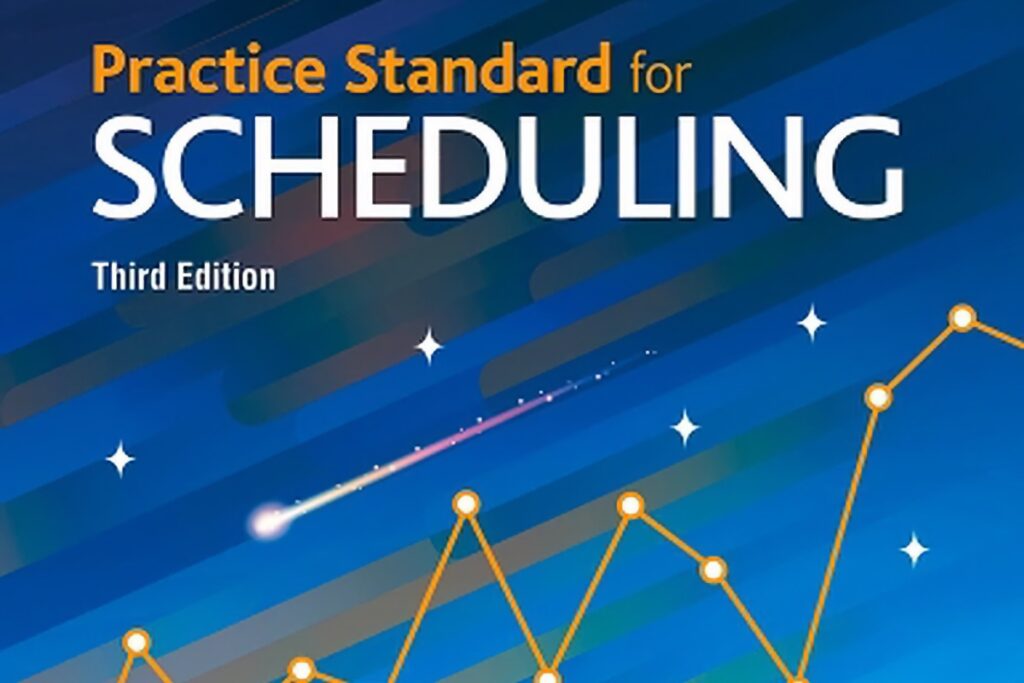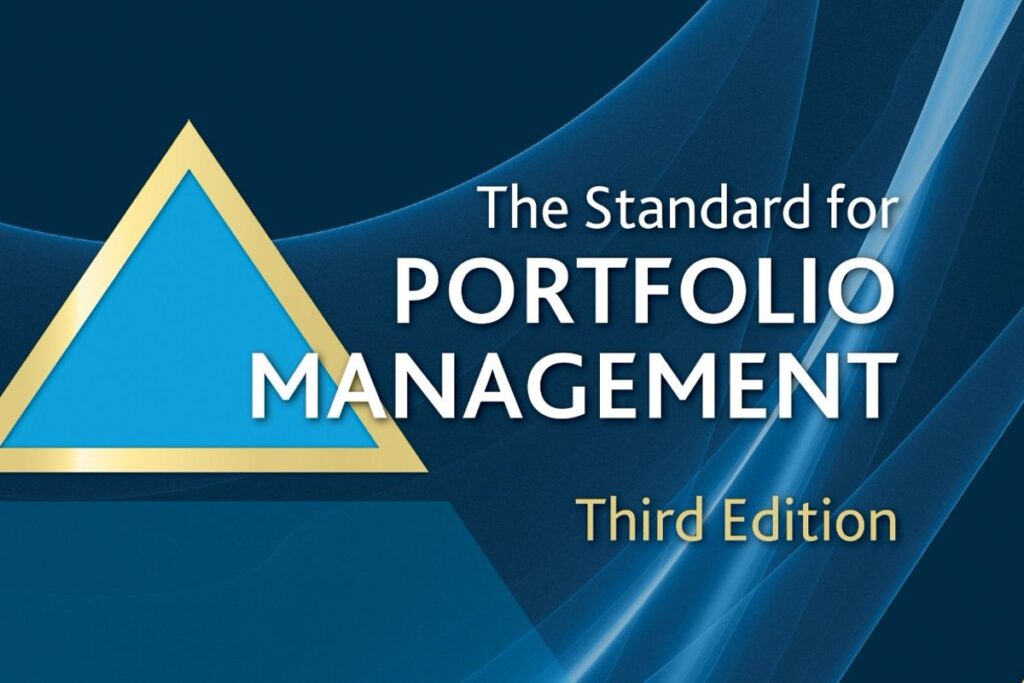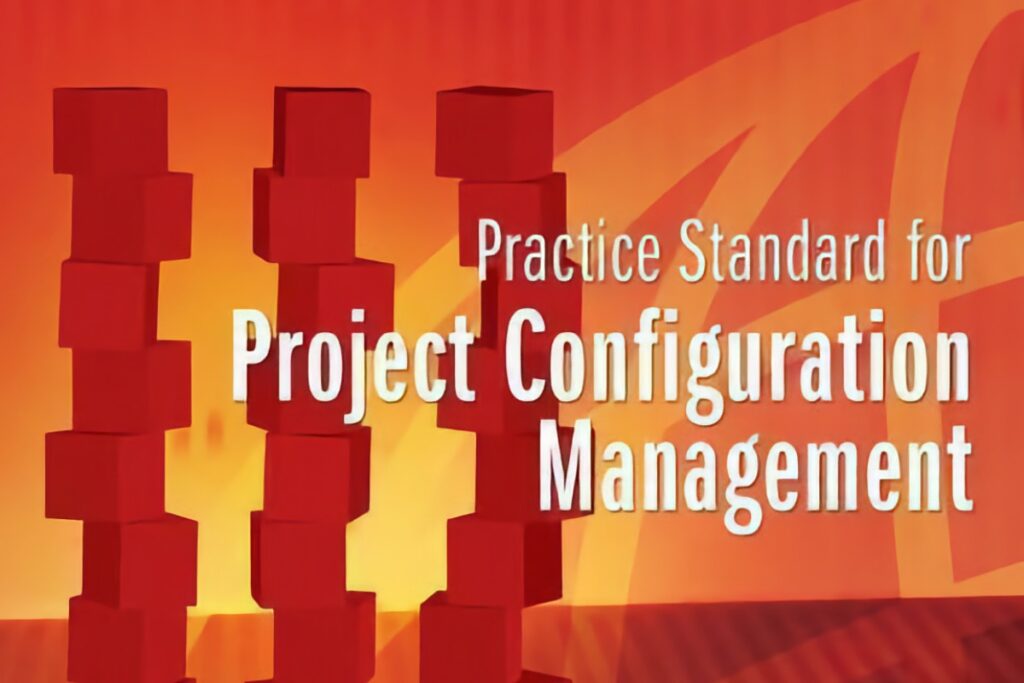As projects grow more dynamic and organizations demand faster, more predictable delivery, scheduling becomes more than a planning function—it becomes a strategic control mechanism. Recognizing this evolution, PMI released the Practice Standard for Scheduling – Third Edition in 2019, significantly updating its previous edition (2011) to reflect the needs of modern project environments, including agile, hybrid, and predictive methodologies.
This edition is not just a guide to building timelines—it’s a framework for managing complexity, uncertainty, and resource constraints through professional scheduling discipline.
Who Should Use This Standard?
The guide is essential for:
- Project managers and schedulers across industries.
- Program and portfolio leaders needing consistent planning approaches.
- PMOs creating or maturing enterprise scheduling practices.
- Consultants and contractors bidding on schedule-sensitive projects.
It applies to predictive, iterative, incremental, and hybrid models, making it one of PMI’s most adaptable standards.
What’s New in the Third Edition?
Compared to the Second Edition (2011), the Third Edition offers several important updates:
| Feature | Second Edition | Third Edition |
|---|---|---|
| Agile coverage | Minimal | Recognizes adaptive methods, iterative planning, backlog management |
| Scheduling principles | Light emphasis | Expanded 10 Scheduling Principles guiding ethical and effective planning |
| Tools & techniques | Static and software-neutral | Includes examples for modern PMIS and scheduling software environments |
| Risk and uncertainty | Basic float and critical path | Emphasizes schedule risk management and simulation (e.g., Monte Carlo) |
| Resource management | Leveling & smoothing | Expanded to address resource-constrained scheduling and real-time replanning |
Core Components of the Third Edition
1. Ten Foundational Scheduling Principles
These principles ground the practice in professional ethics, transparency, and decision-quality. Examples:
- Scheduling should support decision-making.
- Schedules must reflect reality, not wishful thinking.
- Schedule communication must be clear, consistent, and timely.
2. Building the Schedule Model
The heart of the standard is a schedule model lifecycle, covering:
- Defining activities
- Sequencing
- Estimating durations
- Assigning resources
- Establishing dependencies
- Managing calendars and constraints
This process is enriched with examples, diagrams, and cross-references to PMBOK® Guide process groups.
3. Maintaining and Controlling the Schedule
Guides the reader through:
- Schedule baseline management
- Variance and performance analysis (SPI, SV, etc.)
- Forecasting and simulation
- Reporting and communication strategies
4. Scheduling in Different Environments
- Agile: Includes iteration planning, backlog scheduling, and velocity forecasting.
- Hybrid: Discusses phase-based scheduling with agile components.
- Programs and portfolios: Shows how to roll up and manage integrated timelines.
Key Strengths
✅ Balanced for Predictive and Agile
Unlike earlier editions, this one acknowledges agile teams and hybrid projects, offering guidance on iterative scheduling and value-based delivery.
✅ Principle-Driven
By grounding scheduling in 10 core principles, PMI elevates it from technique to discipline, promoting quality, professionalism, and integrity.
✅ Great for PMOs and Enterprise Use
Standardizes terminology, data structures, and communication formats, making it easier to scale across departments or contracts.
✅ Improved Visuals and Examples
Includes sample Gantt charts, dependency networks, and milestone maps, making the content practical and implementation-ready.
✅ Robust Risk and Performance Tracking
Teaches how to model uncertainty, apply buffers, and use EVM with scheduling tools to better control outcomes.
Limitations
❌ No Hands-On Tool Tutorials
It remains tool-agnostic, meaning you’ll need external resources to apply the techniques in MS Project, Primavera, Jira, or others.
❌ Not Beginner-Oriented
This edition assumes a working knowledge of scheduling concepts. Beginners may need a primer before tackling it.
❌ Agile Coverage Still Limited
Although improved, agile scheduling is treated conceptually, without frameworks like Scrum, SAFe, or Kanban discussed in detail.
Use Cases
This guide is ideal for:
- Construction and engineering firms managing phased deliverables.
- IT and digital teams using hybrid delivery and sprint-based planning.
- Government contractors requiring compliant, reportable schedules.
- PMOs training new schedulers or certifying planning practices.
How It Integrates with Other PMI Standards
| PMI Standard | Contribution |
|---|---|
| PMBOK® Guide 6 & 7 | Establishes broader project processes; scheduling is one area |
| WBS Practice Standard | Provides the scope foundation for the schedule |
| Estimating Practice Standard | Feeds into duration and resource planning |
| EVM Standard | Monitors performance using schedule baseline and progress |
| Scheduling Practice Standard (3rd Ed.) | Ties them all together into a usable, logical timeline |
Conclusion
The PMI Practice Standard for Scheduling – Third Edition is a mature, principle-based guide for building schedules that are not only technically sound, but strategically useful. It reflects a modern understanding of project environments—acknowledging change, complexity, and agility while reinforcing the importance of accountability and realism in time planning.
For teams that need more than timelines—for those seeking control, coordination, and clarity in delivery—this standard is both a reference and a roadmap.




